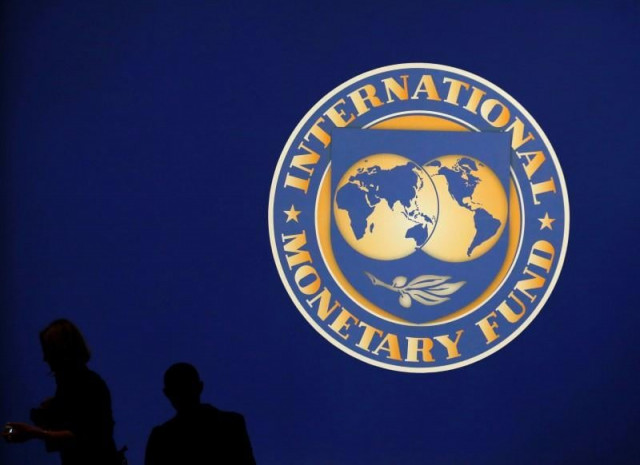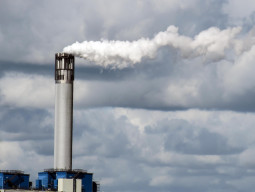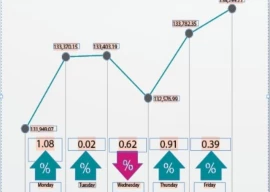
Foreign direct investment (FDI) dropped to a six-month low of $132.2 million in January 2019 compared to a six-month high of $319.2 million in the previous month, showing a massive decrease of 59%, the State Bank of Pakistan (SBP) reported on Monday.
Cumulatively, in first seven months (July-January) of the current fiscal year 2018-19, the FDI dropped 18% to $1.45 billion compared to $1.76 billion in the same period of last year. “Foreigners were shy of investing in Pakistan, waiting to see whether Islamabad was going to the IMF,” Elixir Securities’ Director Research Hamad Aslam told The Express Tribune.
“Islamabad may let the currency depreciate ahead of going to the IMF for a bailout (of around $6 billion). They want this to be settled down before making a meaningful investment in Pakistan,” he said.
Making investment after the likely rupee depreciation in the near future would earn them better exchange rate and “they can wait for a couple of months to let the rupee-dollar parity settle,” he said.
“We anticipate the rupee to touch Rs150 to the US dollar by December 2019 from around Rs139 at present,” he said. “The government may let the rupee depreciate to the anticipated level in one or two rounds or gradually over the year. We see the current rupee-dollar parity as fair enough at present.”
Sector-wise
Pakistan recorded a notable drop in FDI in three major sectors ie power, construction and financial business in the first seven months of FY19. On the other hand, oil and gas exploration, electric machinery, car manufacturing and power services attracted higher FDI.
The communication sector, mainly telecommunication, continued to record divestment.
Aslam pointed out that China had remained a major investor in Pakistan’s power and construction sectors under its multibillion-dollar China-Pakistan Economic Corridor (CPEC) project. However, the Chinese investment has slowed down for different reasons including the fact that a couple of projects, mainly in the power sector, were nearing completion.
While a boost in oil and gas exploration activities in the country may be the outcome of new investment, most of this investment has come from foreign companies. “For example, ExxonMobil of USA and Italy’s Eni in partnership with OGDC and PPL have recently started offshore drilling near the Karachi costal area,” he pointed out.
FDI in the power sector dropped 63% to $233.8 million in the seven-month period compared to $625.2 million in the same period of last year. Investment in the construction sector decreased 25% to $288.9 million compared to $386.2 million last year.
Financial businesses attracted $216.7 million, which was 29% lower than $303.3 million in the previous year.
FDI in oil and gas exploration increased to $145.1 million compared to $121.6 million. Electric machinery attracted $126.4 million compared to $13.8 million; car manufacturing received $69 million compared to $35.5 million and power services attracted $44.8 million compared to $2.1 million in the corresponding period of last year.
Divestment in telecommunication rose to $146.2 million in Jul-Jan FY19 compared to $16 million in the same period of last year.
Country-wise
China remained the single largest investor with $825.5 million in the seven months ended Jan 2019 followed by the United Kingdom with $127.4 million investment. South Korea invested $68.3 million, Japan $66 million, the UAE $58.5 million and the Netherlands $56.8 million.
Malta, however, divested $81.6 million in the seven months, according to the SBP.
Published in The Express Tribune, February 19th, 2019.
Like Business on Facebook, follow @TribuneBiz on Twitter to stay informed and join in the conversation.


















COMMENTS
Comments are moderated and generally will be posted if they are on-topic and not abusive.
For more information, please see our Comments FAQ